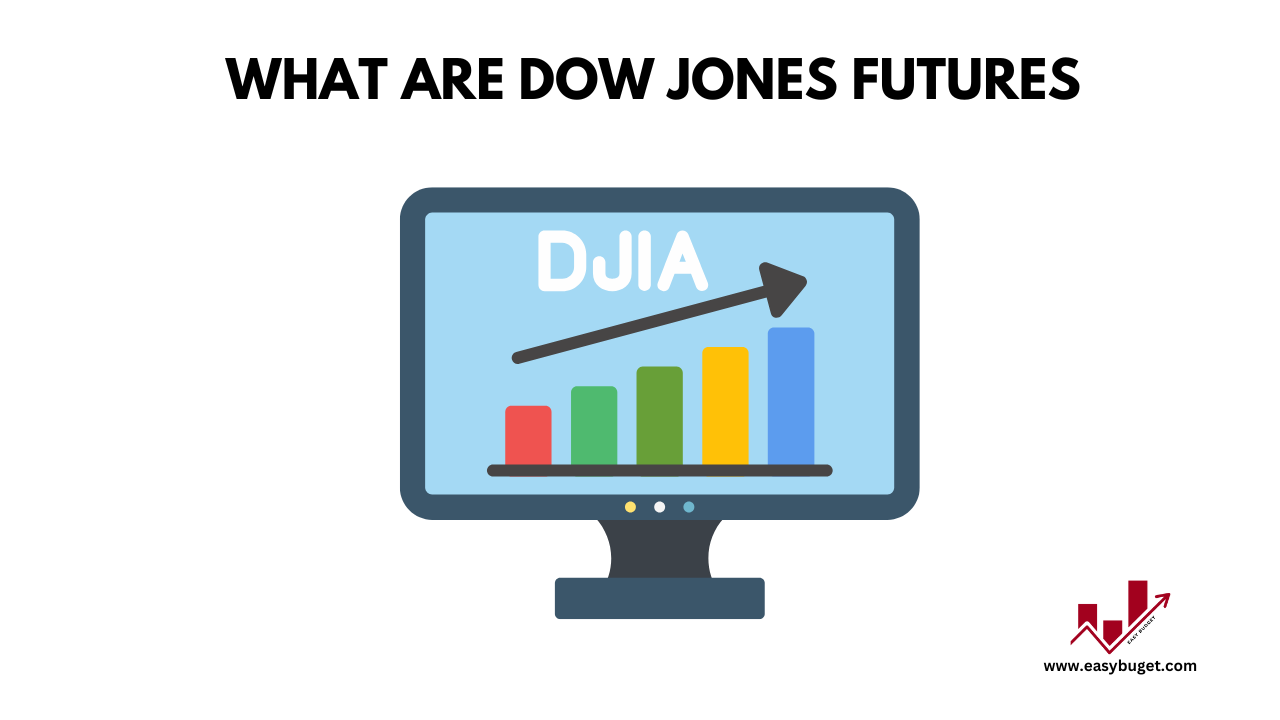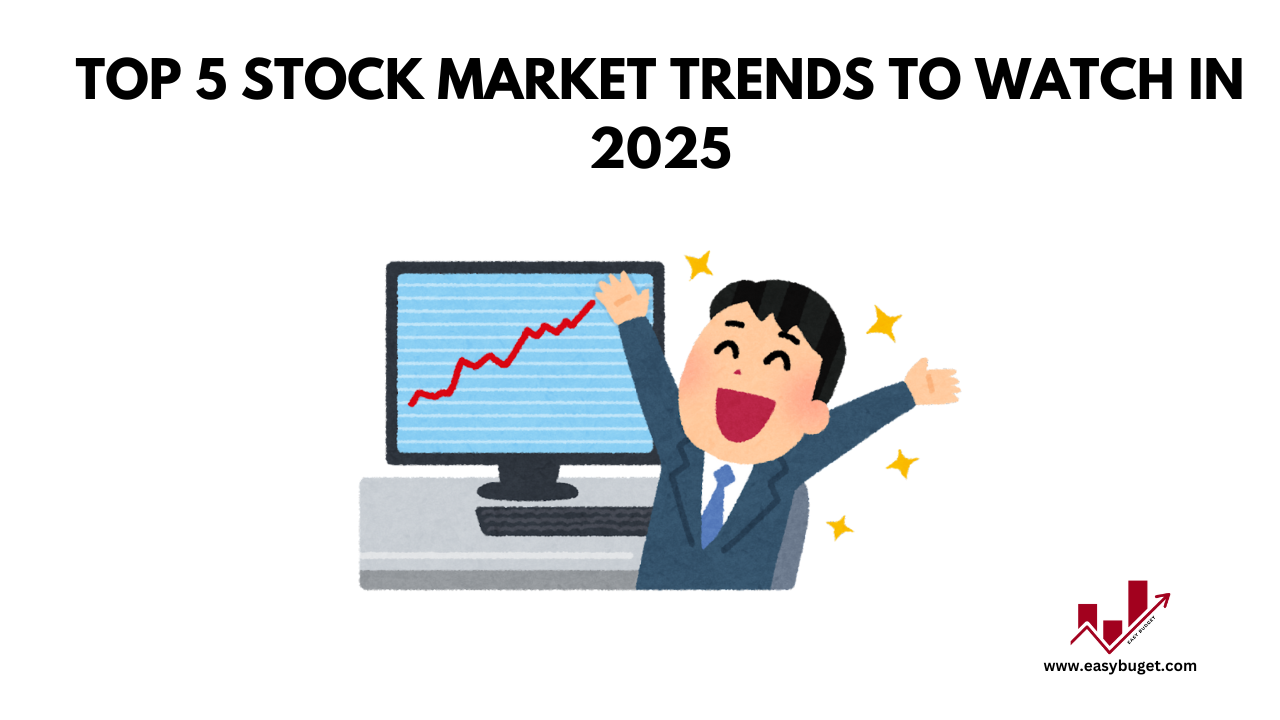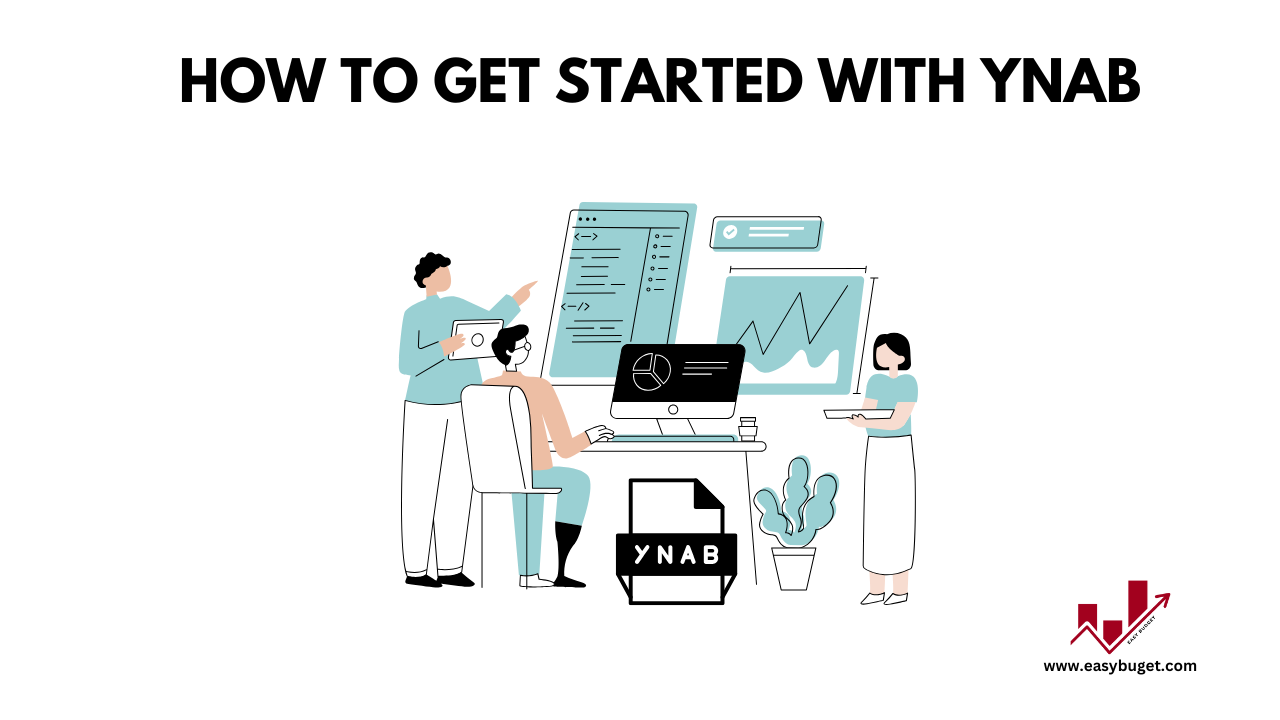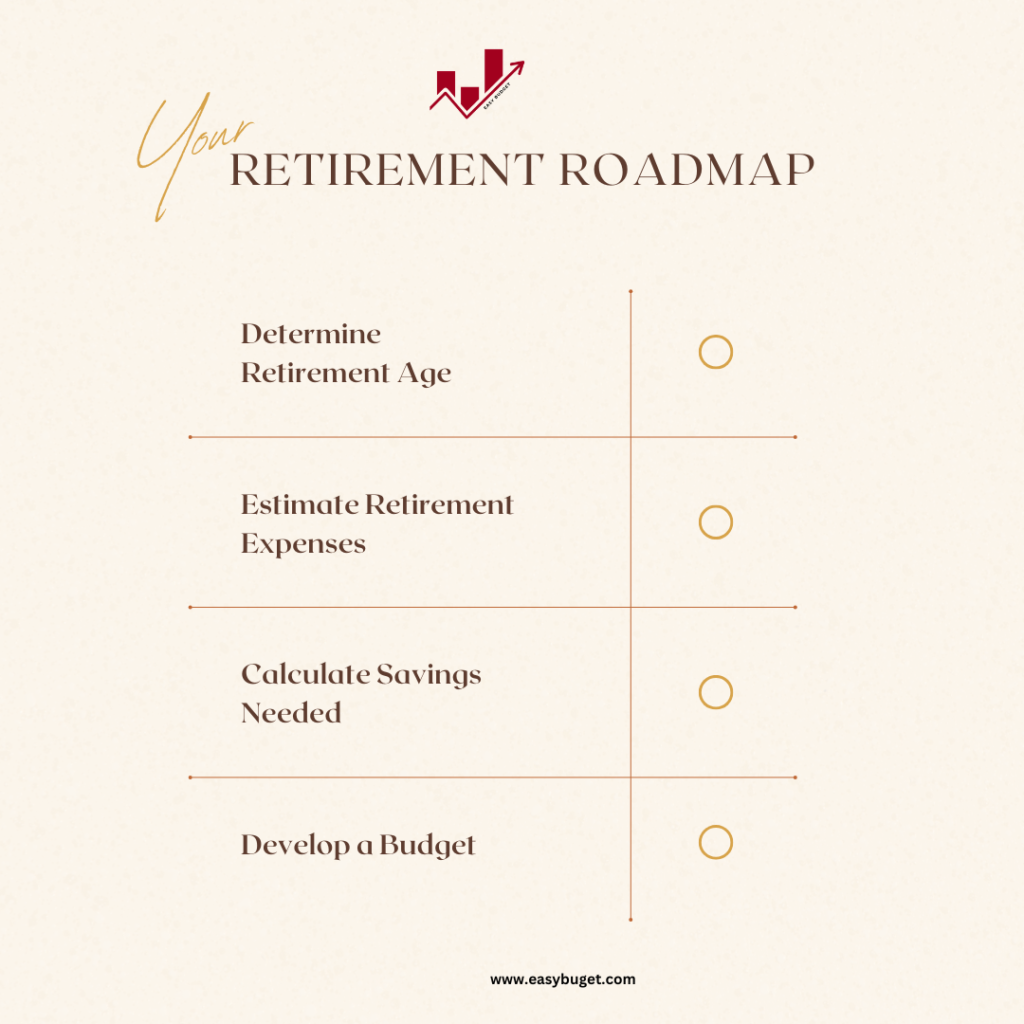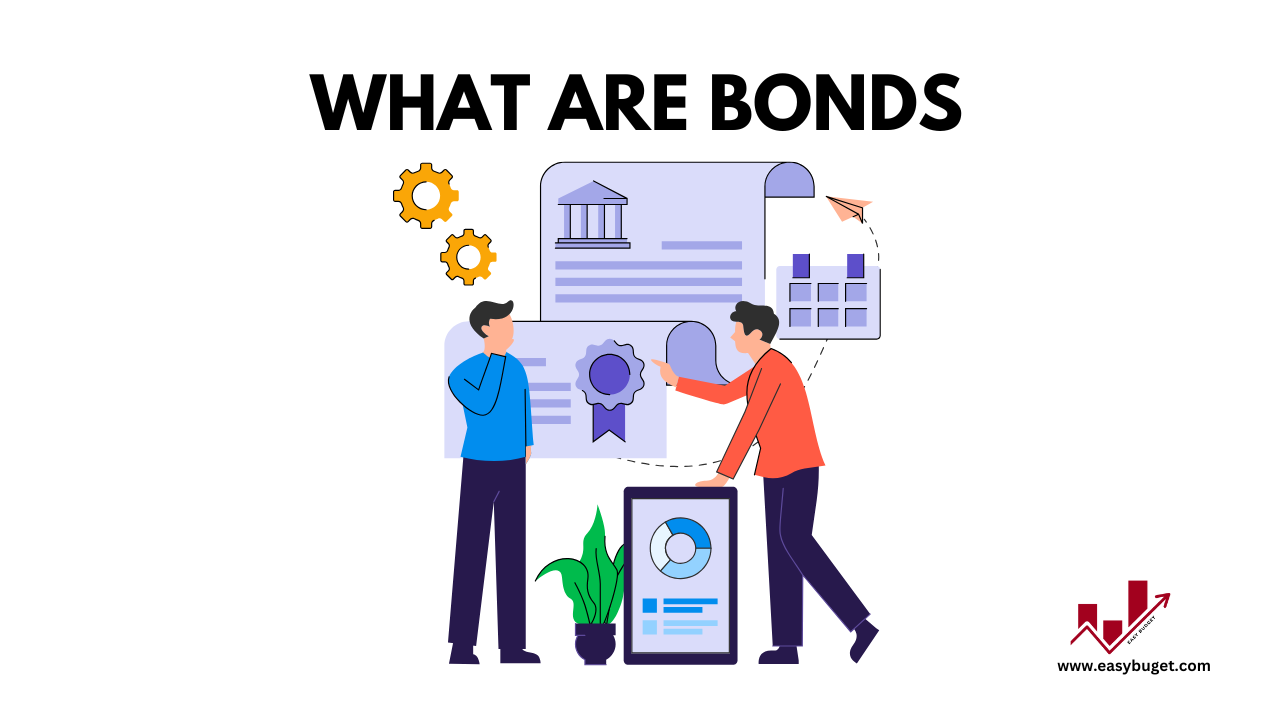Want to trade one of the world’s most iconic stock market indices? Dow Jones futures offer a unique opportunity to profit from market movements—whether prices rise or fall. But what exactly are Dow Jones futures, and how can you trade them effectively?
In this comprehensive guide, we’ll explore everything you need to know about What are Dow Jones futures?, how they work, and how to trade them in 2025. From the basics of futures trading to advanced strategies, this blog will equip you with the knowledge to navigate the world of Dow Jones futures confidently.
What Are Dow Jones Futures?
The Basics
Dow Jones futures are financial contracts that allow traders to buy or sell the Dow Jones Industrial Average (DJIA) at a predetermined price and date in the future. The DJIA is a stock market index that tracks 30 large, publicly-owned companies in the United States, including giants like Apple, Microsoft, and Coca-Cola.
How They Work
When you trade Dow Jones futures, you’re essentially making a bet on the future value of the DJIA. If you believe the index will rise, you can buy (go long) a futures contract. If you think it will fall, you can sell (go short) a contract.
Key Features
- Leverage: Futures trading allows you to control a large position with a small amount of capital.
- Expiration Dates: Contracts expire quarterly (March, June, September, December).
- Settlement: Dow Jones futures are cash-settled, meaning no physical delivery of stocks occurs.
Why To Trade Dow Jones Futures?
1. Leverage and Margin
One of the biggest advantages of trading Dow Jones futures is leverage. With a relatively small amount of capital (known as margin), you can control a much larger position.
Tip: While leverage can amplify profits, it also increases the risk of significant losses. Always use risk management tools like stop-loss orders.
2. Liquidity
Dow Jones futures are among the most liquid financial instruments in the world. High trading volume ensures tight spreads and easy entry/exit for traders.
3. Market Access
Dow Jones futures trade almost 24 hours a day on the CME Globex platform, allowing you to react to global market events in real-time.
4. Hedging
If you own a portfolio of stocks, you can use Dow Jones futures to hedge against potential market downturns. For example, if you expect the market to fall, you can short Dow Jones futures to offset losses in your portfolio.
5. Speculation
Dow Jones futures allow you to profit from both rising and falling markets. Whether you’re bullish or bearish, there’s an opportunity to make money.
How to Trade Dow Jones Futures
Step 1: Open a Futures Trading Account
To trade Dow Jones futures, you’ll need to open an account with a broker that offers access to futures markets. Some popular brokers include:
- Interactive Brokers
- TD Ameritrade
- E*TRADE
Tip: Look for a broker with low fees, a user-friendly platform, and educational resources.
Step 2: Understand Contract Specifications
Before you start trading, it’s essential to understand the contract specifications for Dow Jones futures:
E-Mini Dow Futures
- Contract Size: $5 x the DJIA.
- Tick Size: 1 point = $5.
- Margin Requirements: Vary by broker but typically range from 5,000to5,000to10,000 per contract.
Standard Dow Futures
- Contract Size: $10 x the DJIA.
- Tick Size: 1 point = $10.
- Margin Requirements: Higher than E-Mini contracts, often $10,000+ per contract.
Step 3: Develop a Trading Strategy
Successful futures trading requires a well-defined strategy. Here are some common approaches:
Day Trading
- Capitalize on intraday price movements.
- Use technical analysis tools like moving averages and RSI to identify entry and exit points.
Swing Trading
- Hold positions for several days or weeks.
- Focus on longer-term trends and economic data.
Hedging
- Protect your portfolio from market risks by taking short positions in Dow Jones futures.
Step 4: Monitor Market Conditions
Stay informed about market news and events that could impact the DJIA, such as:
- Earnings Reports: Quarterly results from companies in the DJIA.
- Economic Data: GDP, unemployment, and inflation reports.
- Geopolitical Events: Elections, trade wars, and global conflicts.
Step 5: Manage Risk
Futures trading is inherently risky, so it’s crucial to manage your risk effectively:
- Use Stop-Loss Orders: Automatically close a position if the market moves against you.
- Position Sizing: Only risk a small percentage of your capital on each trade.
- Diversify: Don’t put all your eggs in one basket.
Dow Jones Futures Trading Hours
Regular Trading Hours
Dow Jones futures trade almost 24 hours a day on the CME Globex platform, with the following key sessions:
- U.S. Session: 9:30 AM – 4:00 PM ET.
- Asian Session: 6:00 PM – 4:00 AM ET.
- European Session: 3:00 AM – 9:30 AM ET.
Why Trading Hours Matter
The extended trading hours allow you to react to global events and news in real-time. For example, if a major economic report is released in Asia overnight, you can adjust your positions before the U.S. market opens.
Benefits of Dow Jones Futures
1. Diversification
By trading Dow Jones futures, you gain exposure to 30 leading U.S. companies across various sectors, including technology, healthcare, and finance.
2. Flexibility
You can trade long or short, depending on your market outlook.
3. Lower Costs
Futures trading typically has lower transaction costs compared to trading individual stocks.
4. Transparency
Prices are publicly available, ensuring fair and efficient markets.
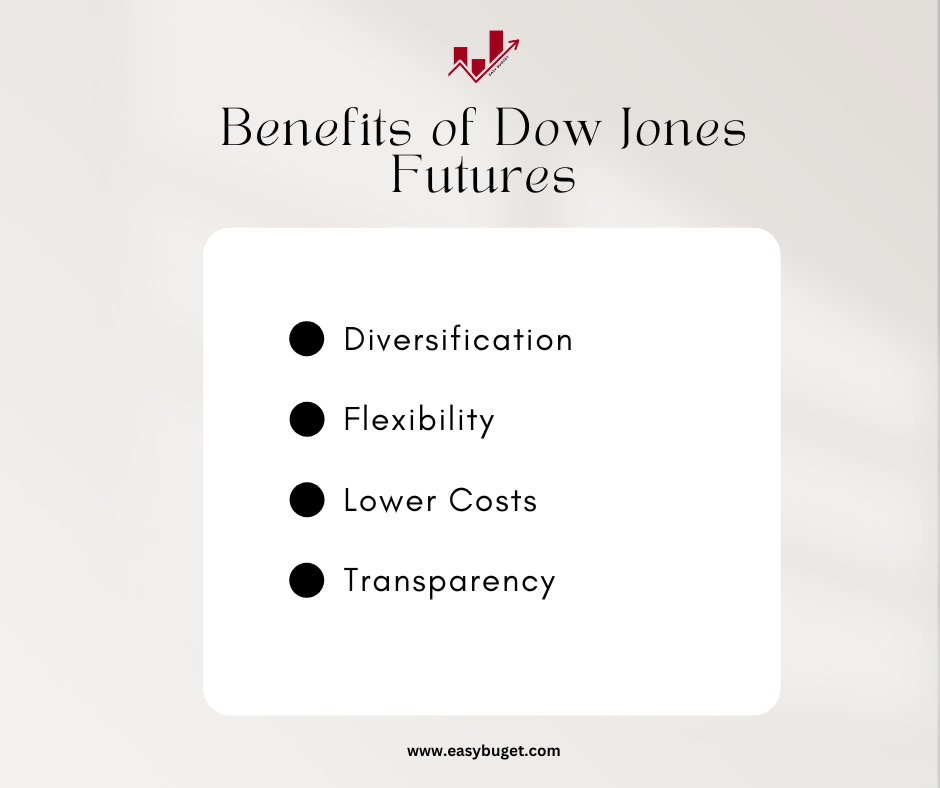
Risks of Dow Jones Futures
1. High Leverage
While leverage can amplify profits, it also increases the risk of significant losses.
2. Market Volatility
Prices can fluctuate dramatically, especially during economic events or earnings season.
3. Complexity
Futures trading requires a solid understanding of market dynamics and risk management.
4. Margin Calls
If the market moves against you, you may need to deposit additional funds to maintain your position.
Dow Jones Futures vs. Other Index Futures
Dow Jones Futures vs. S&P 500 Futures
- Dow Jones: Tracks 30 large-cap companies.
- S&P 500: Tracks 500 companies, offering broader market exposure.
Dow Jones Futures vs. NASDAQ Futures
- Dow Jones: Focuses on industrial and blue-chip stocks.
- NASDAQ: Heavily weighted toward technology stocks.
Which is Better?
The best choice depends on your trading goals and risk tolerance.
Advanced Trading Strategies for Dow Jones Futures
1. Spread Trading
Trade the price difference between Dow Jones futures and other indices (e.g., S&P 500).
2. Hedging with Options
Use options contracts to hedge your futures positions.
3. Algorithmic Trading
Automate your trading strategies using algorithms and software.
4. Seasonal Trends
Analyze historical patterns to predict future price movements.
Tools and Resources for Trading Dow Jones Futures
1. Trading Platforms
- CME Globex: For direct access to Dow Jones futures.
- MetaTrader 4/5: Popular among retail traders.
2. Market Analysis Tools
- TradingView: For charting and technical analysis.
- Bloomberg Terminal: For real-time data and news.
3. Educational Resources
- Investopedia: For beginner-friendly guides and tutorials.
- CME Group Education: For in-depth courses on futures trading.
FAQs About What are Dow Jones futures?
Q: What are Dow Jones futures?
A: Futures contracts based on the Dow Jones Industrial Average (DJIA).
Q: How do Dow Jones futures work?
A: They allow traders to buy or sell the DJIA at a predetermined price and date.
Q: What are the trading hours for Dow Jones futures?
A: Almost 24-hour trading on the CME Globex platform.
Q: What are the risks of trading Dow Jones futures?
A: High leverage, market volatility, and potential for significant losses.
Q: How can I start trading Dow Jones futures?
A: Open a futures trading account, understand contract specifications, and develop a trading strategy.
Conclusion
Dow Jones futures are a powerful tool for traders and investors to gain exposure to the U.S. stock market, hedge risks, and profit from market movements. Whether you’re a beginner or an experienced trader, understanding what are Dow Jones futures and how to trade them can open up new opportunities in the financial markets.
So, what are you waiting for? Start exploring Dow Jones futures today and take your trading to the next level. Share your thoughts or questions in the comments below!
External Links:

